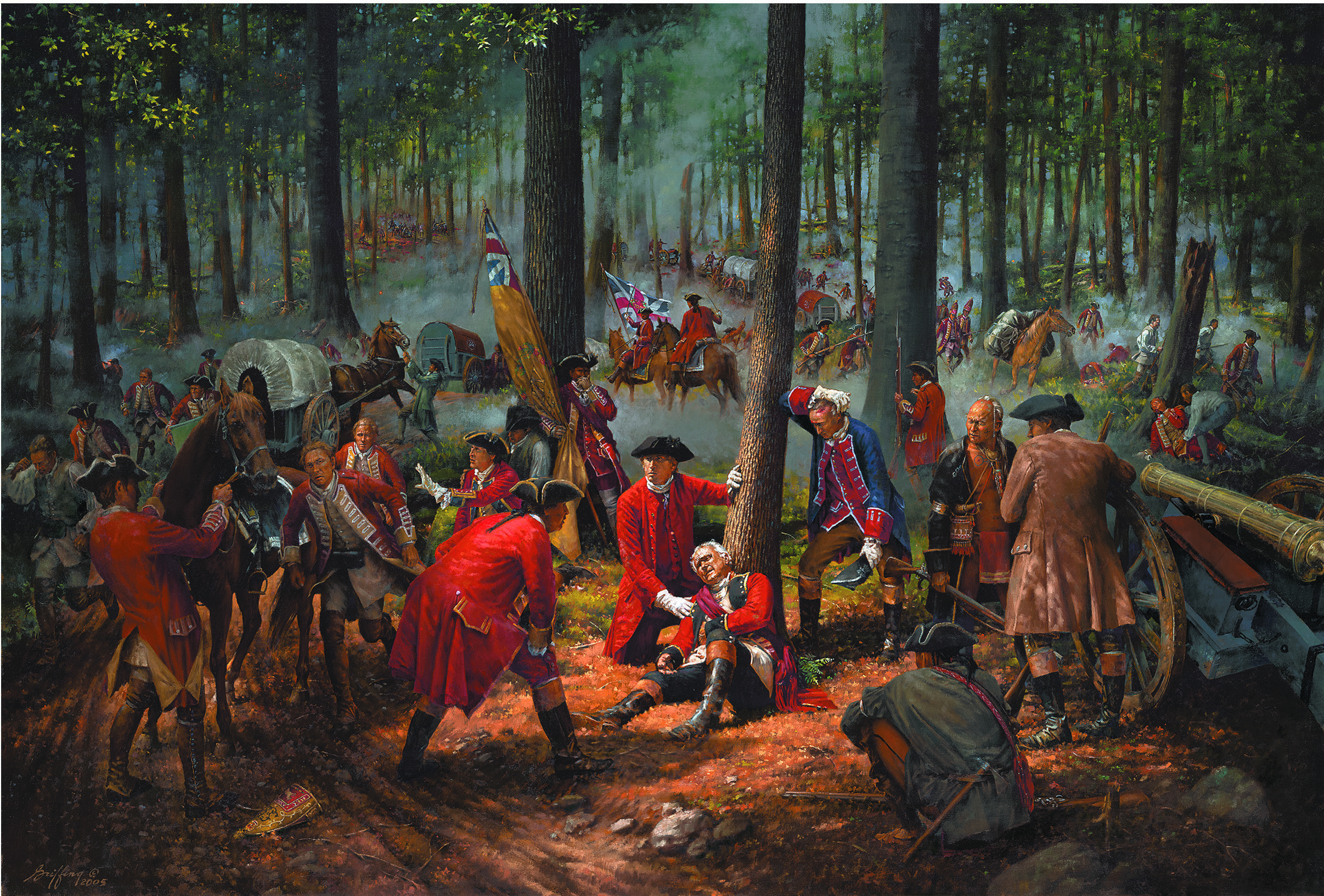Creating Common Memory
November 8, 2023 — December 31, 2024
Organized by guest curator Hayden Haynes (Onöndowa’ga:’, Deer Clan, Seneca Nation of Indians, Cattaraugus Territory), with Dr. Erica Nuckles, the Museum’s Director of Learning, Engagement, and Partnerships, this exhibition presents select works from the Museum’s permanent collection through Haynes’s individual perspective as a member of the Onöndowa’ga:’ (Seneca) and Haudenosaunee (Iroquois Confederacy).
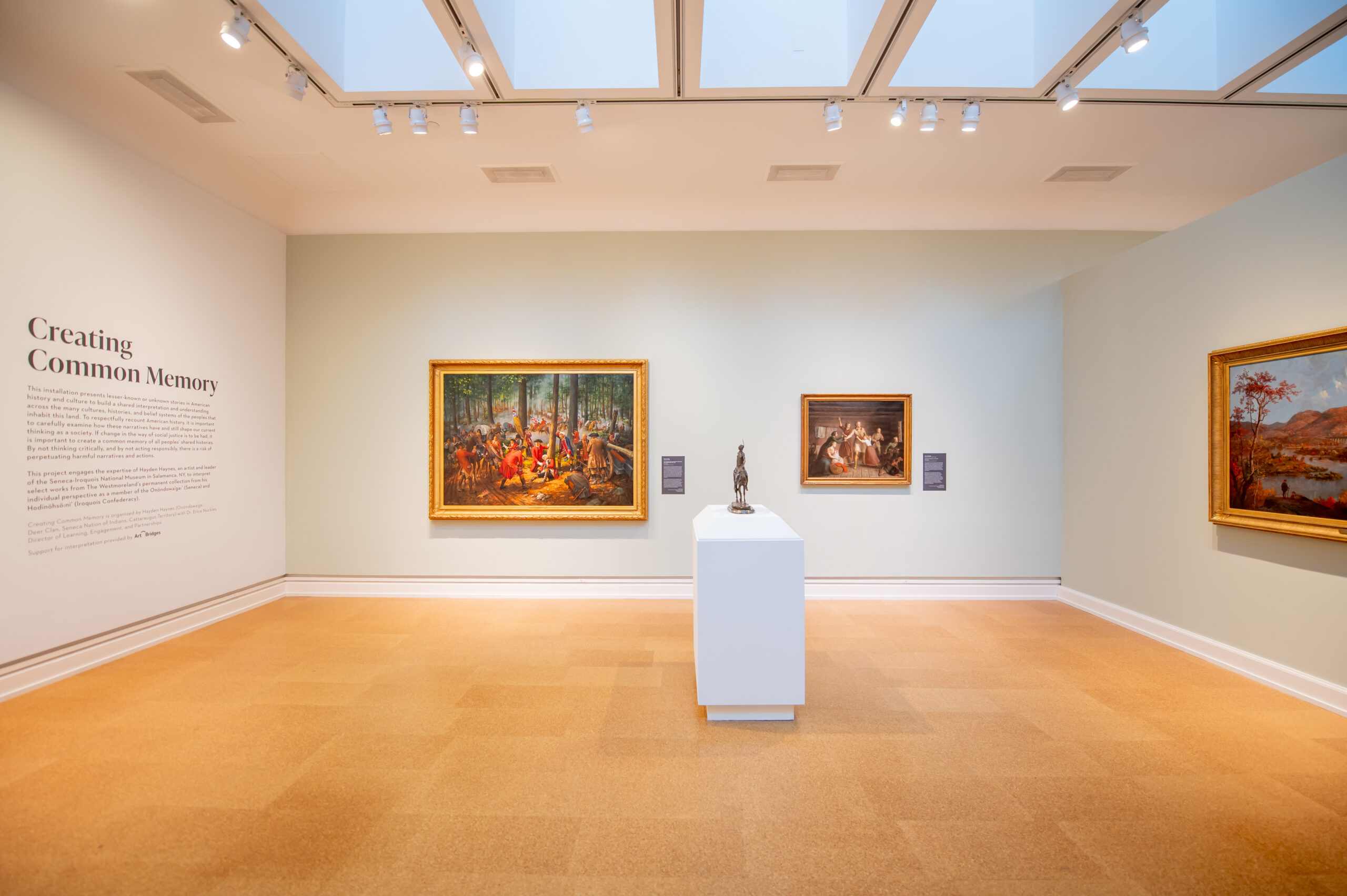
An artist and leader of the Seneca-Iroquois Nation Museum in Salamanca, NY, Haynes views this project as a means toward building a shared interpretation and understanding across the many cultures, histories, and belief systems of the peoples that inhabit this land. This exhibition uses the power of art to explore and reveal the complexity of American history in an effort to create a more just and equitable society, and it continues the Museum’s important work of elevating Native perspectives, most recently seen in Action/Abstraction Redefined: Modern Native Art, 1945–1975 (February 26 to May 28, 2023).
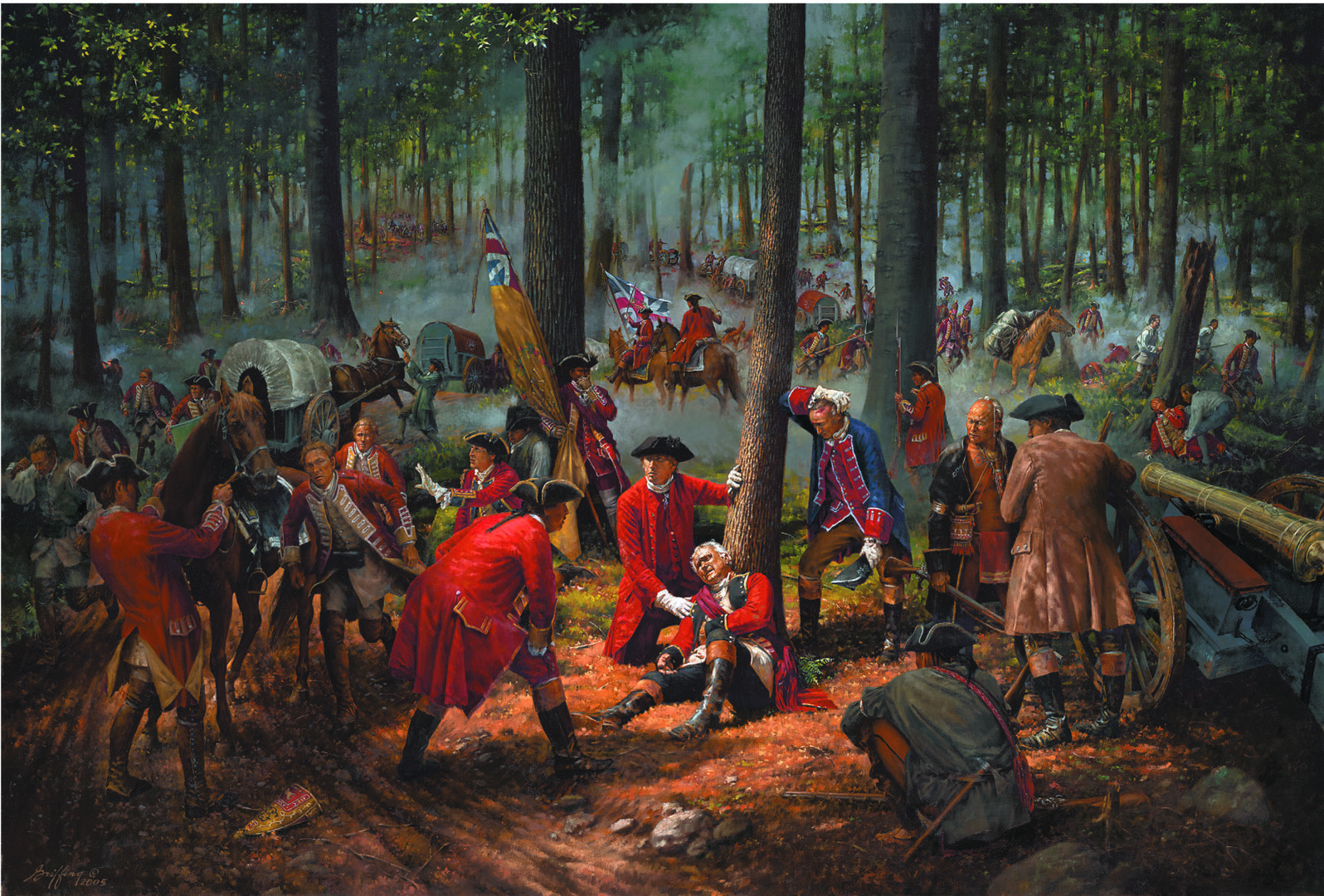
This painting depicts the defeat of the British army at the beginning of the French and Indian War (1754–63) that occurred in present-day Braddock and North Braddock, PA. To me this painting is an example of many common narratives penned by early-American historians (most of whom were men) writing about history from a patriarchal perspective. These writings in the 1700s and 1800s tend to focus on war and war heroes. Not surprisingly, white men were at the forefront of these headlines, particularly if they were the victors, even in this work where we see a major defeat of the British army that would eventually win the war.
What is missing from this scene is any indication of the 500–600 Native warriors (two-thirds of the entire French and Native army) that won this battle against a much larger British army. Additionally, despite dozens of women serving as cooks, nurses, and laundresses to Braddock’s 1,400 troops, there is no indication of them here either. Historical scholarship conducted since 2005 has revealed new French and Native sources that help to create a more complete picture of this hotly debated battle.
Hayden Haynes, Onöndowa’ga:’ (People of the Great Hill), Deer Clan, Seneca Nation of Indians, Cattaraugus Territory
Panel: Creating Common Memory (December 14)
On Thursday, December 14 (6-7:30pm), the Museum will host a free panel about Creating Common Memory with Hayden Haynes (Onöndowa’ga:’, Deer Clan), The Westmoreland’s Native Interpretive Consultant, and Dr. Erica Nuckles, The Westmoreland’s Director of LEAP. Register for the free panel here.
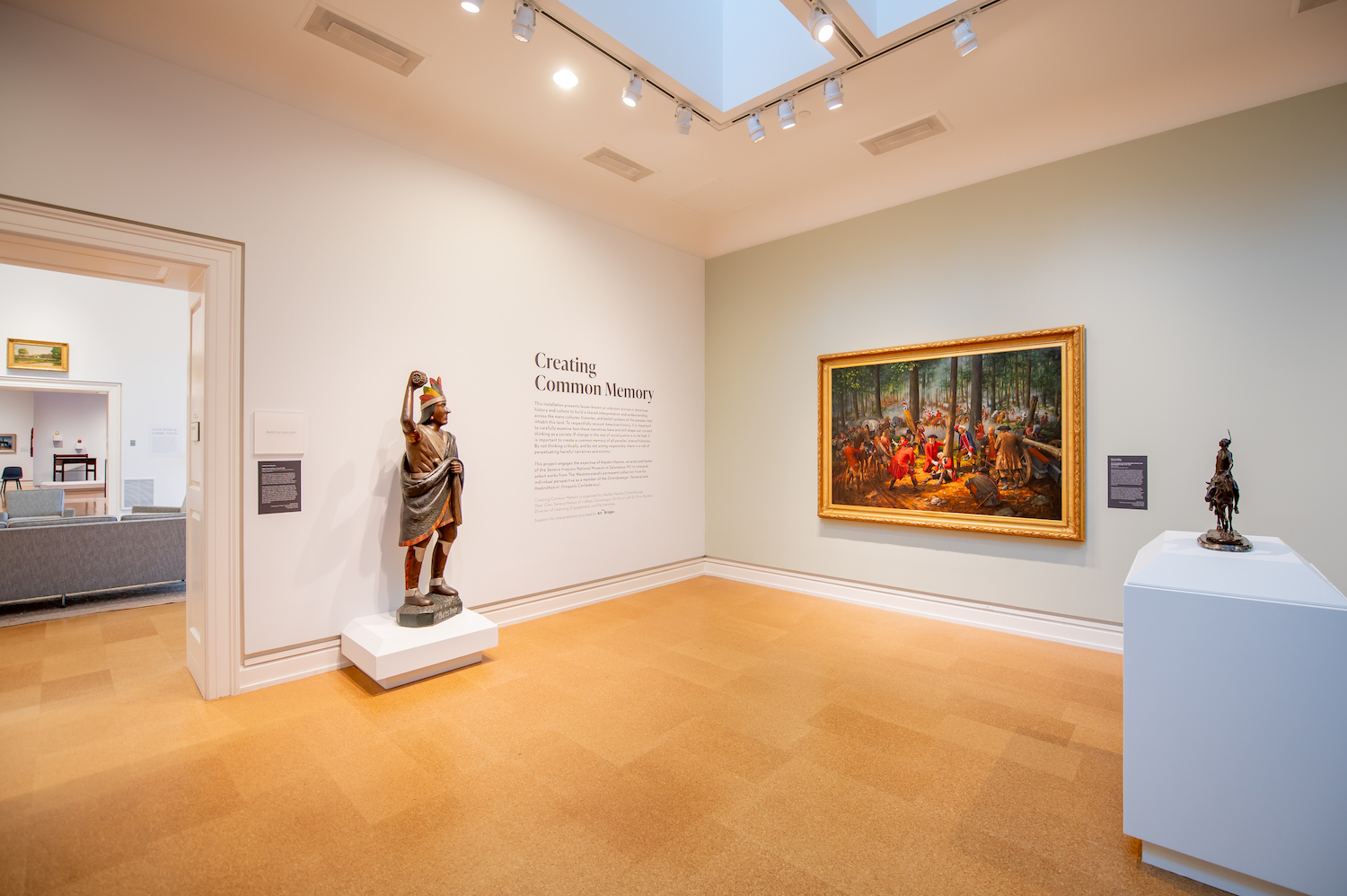
Share Your Thoughts: We hope you will share your thoughts, feelings, opinions, etc., about the featured pieces in this exhibition when you visit by participating in the special gallery interactive.
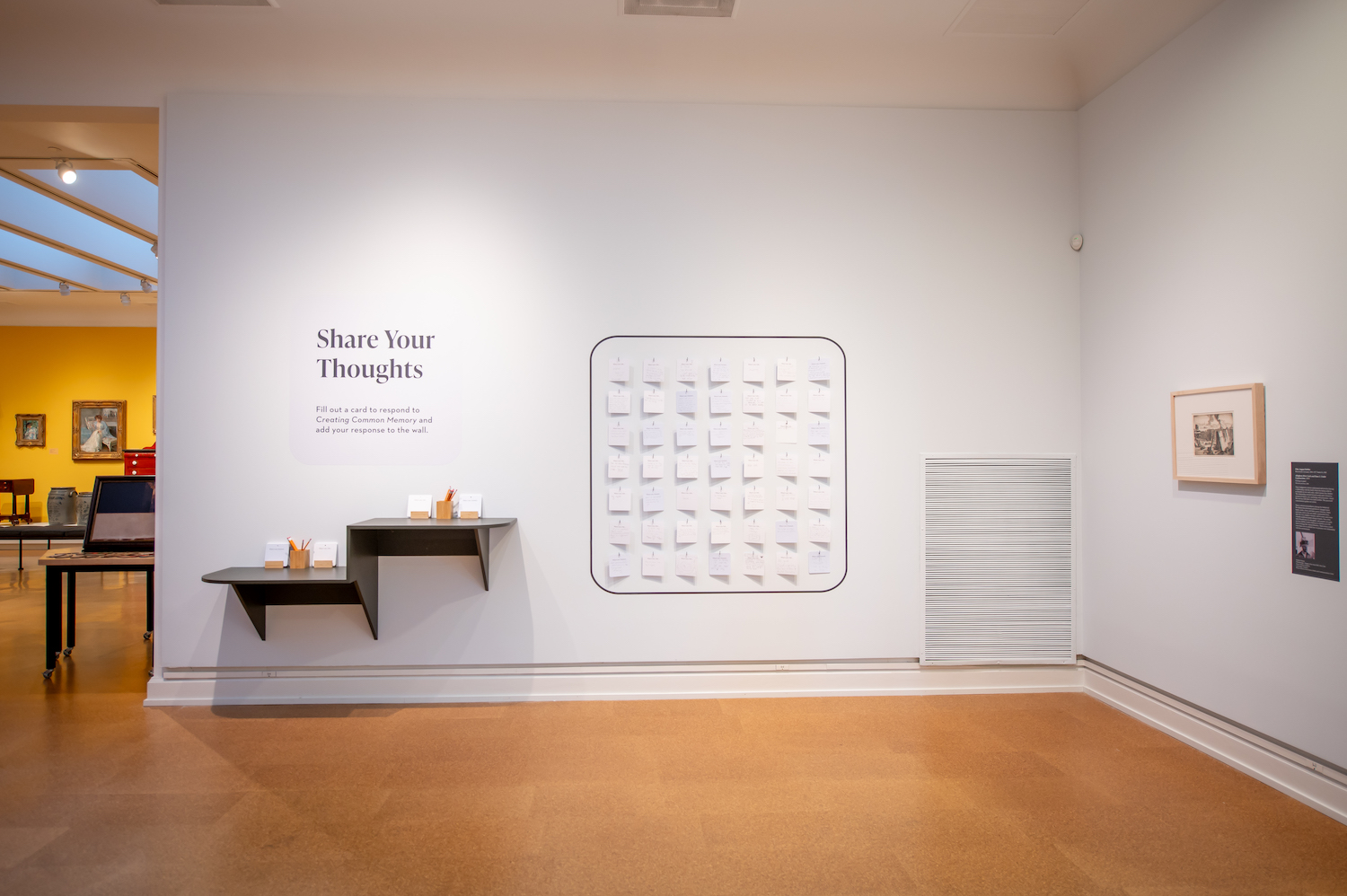

Click Here to plan your Visit!
Support for interpretation provided by

